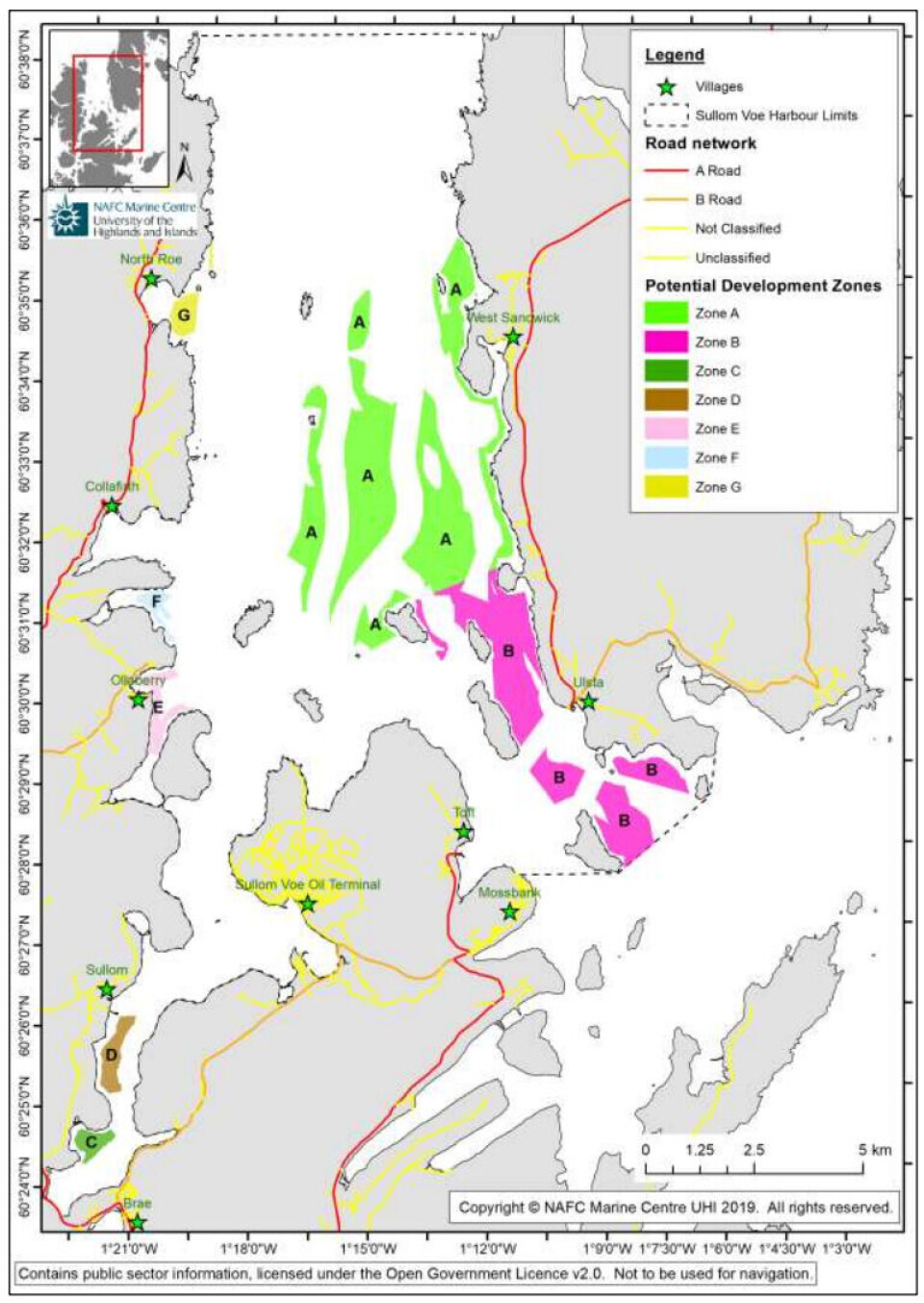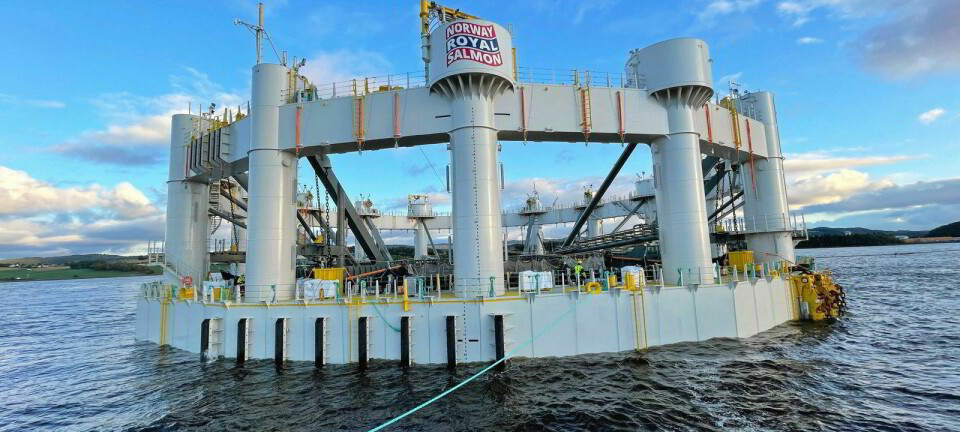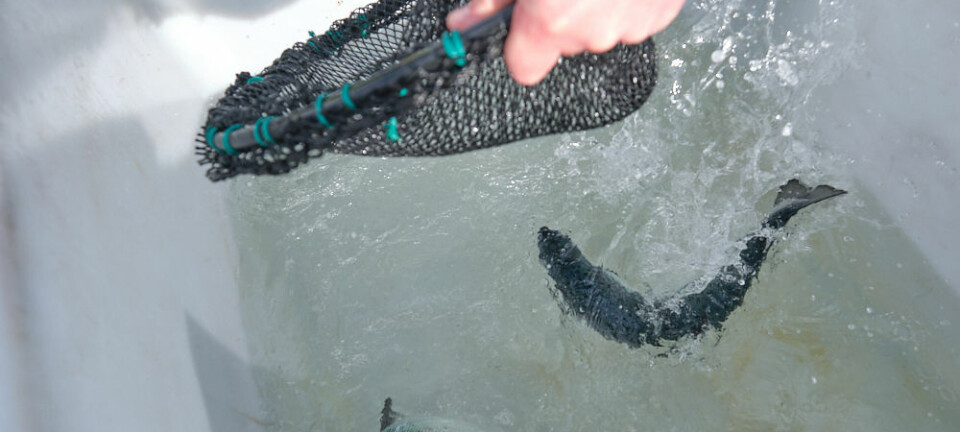
Cooke consults public as it eyes new Shetland opportunity
Salmon farmer seeks feedback before pitching for space in Sullum Voe Harbour Area
Shetland and Orkney salmon farmer Cooke Scotland is holding an in-person public consultation event in Shetland next Tuesday, June 17, to gather feedback regarding site selection for potential fish farms in Sullom Voe Harbour Area (SVHA).
The North Sea oil terminal at the southern end of the harbour area is less busy than it was, and Shetland Islands Council and UHI Shetland have spent five years creating a Masterplan for the future of the harbour area that includes zones identified as being suitable for aquaculture because they don’t compromise other interests, such as fishing and marine traffic.
“We are exploring the potential of these zones identified by Shetland Islands Council, which have previously been closed to aquaculture development,” writes Cooke on its website.

It added that the Masterplan and associated development zones had been shaped through engagement with a wide range of marine stakeholders – including local fisheries, the harbour authority, and other marine users – to ensure that any potential development is well-informed and carefully balanced.
Additional input
“We are looking for additional input to guide our own development process and ensure we have taken into account all issues at an early stage,” writes Cooke.
“The aim is to identify suitable areas for potential development that maximise local benefit while minimising conflict with all stakeholders.”
Cooke’s event will be held at the North Roe and Lochend Public Hall, on the Northmavine peninsula that forms the western side of the voe, and will consist of two sessions (12-2pm and 6-8pm). Cooke environmental and production staff will be on hand to answer questions and collate feedback.
Comments can also be sent to Cooke via a feedback form on its website, or by calling a freephone number, 0808 196 4790.
Cooke’s consultation runs from June 17 until July 8.
The SVHA Masterplan will form non-statutory planning guidance to sit alongside the Shetland Islands Regional Marine Plan. It will be a material consideration in planning decisions for marine planning (aquaculture) and works licence applications.
Having a Masterplan in place will also enable the Crown Estate Pilot Project for SVHA to proceed towards developing leasing arrangements and rounds for future developments in the area.

Limited at this time
According to a map in the SVHA Masterplan, potential development zones occupy less than fifth of the voe.
“It is recognised that due to existing operations such as navigation and inshore fishing the Potential Development Zones identified in the masterplan for industry such as aquaculture are limited at this present time,” the plan’s authors write.
“It should be recognised however that the SVHA remains of paramount importance for navigational safety due to existing operations and Sullom Voe, where approximately 80 tankers call annually. This is a view shared by the Council’s Harbour Master and the Council is therefore not currently minded to remove any navigational restrictions.”
Can be evolved
The plan’s authors point out that it can be evolved and developed, should changes in circumstances warrant this, and it will therefore be reviewed in five years’ time by the council’s coastal and marine planning team.
“Any future iterations required before this period would be subject to Council approval and further consultation,” they write.
One of the Masterplan’s authors, Dr Rachel Shucksmith, manager of UHI Shetland’s marine spatial planning section, has advocated flexibility for aquaculture planning in the past.
Fast-paced sector
Appearing as a witness at a Scottish Parliamentary committee’s inquiry into the salmon farming sector last year, Shucksmith said the fast pace of change in salmon farming means plans that rigidly define zones for aquaculture and other ocean uses could quicky become out of date.
“Being able to provide meaningful guidance that does not get out of date rapidly as technology changes is always going to be a challenge. The advancement of offshore aquaculture could mean that if we go for a highly zoned approach that we only review on a five-year cycle, that advice might not be as appropriate as initially perceived,” Shucksmith told MSPs.
“In Shetland we have never adopted a strongly zoned approach so we can be adaptive and responsive to change.”























































